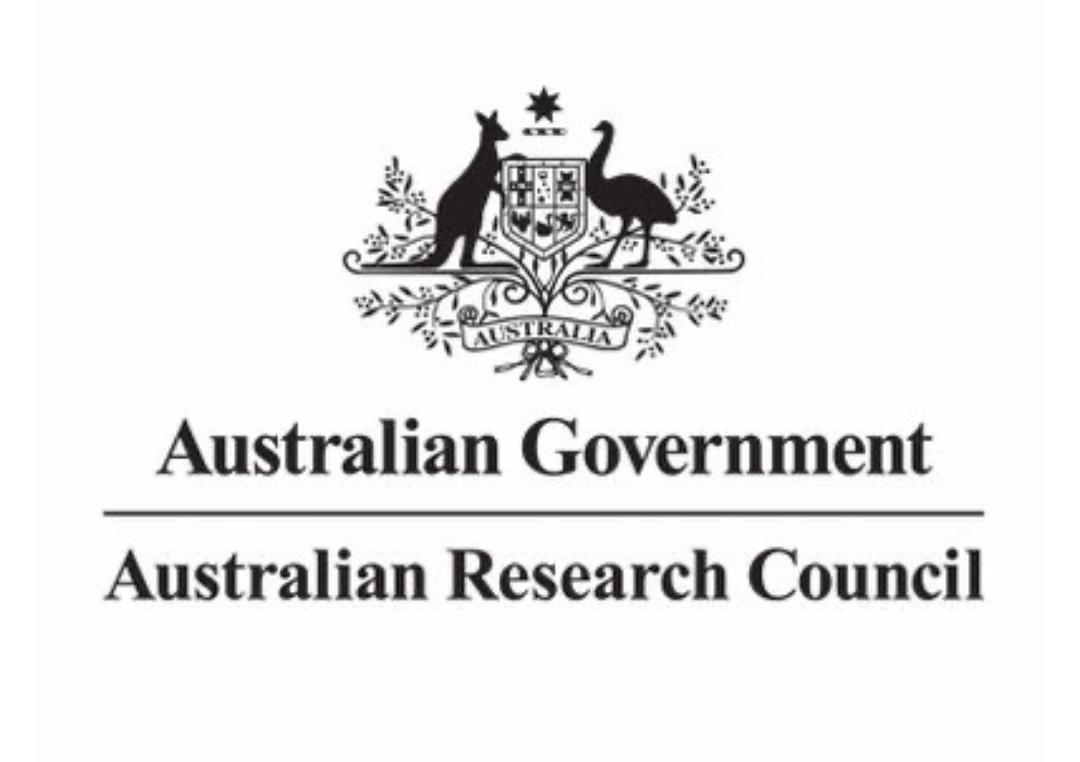Studying the Impacts of Land Use Changes on the Occurrence of Vector Mosquitoes in Sabah, Malaysia
DOI:
https://doi.org/10.51200/jtbc.v17i.2669Keywords:
Land use changes, forest disturbance, vector mosquitoes, SAFE Project, SabahAbstract
Land use changes as a result of infrastructural and agricultural development such as construction of forest field centre, establishment of large-scale oil palm plantations, and logging activities are increasing in Malaysia. These activities lead to environmental disturbances and may affect the ecological balance of many organisms. Mosquitoes are very sensitive to environmental changes since their diversity, distribution and abundance are influenced by even small changes in environmental conditions such as availability of suitable breeding sites. Mosquitoes from three different sites of varying disturbance levels at the SAFE Project experimental areas in eastern Sabah i.e., old growth forest (OG), logged forest (LFE) and heavily logged forest (Block B) were collected and identified to species level. Shannon-Wiener index and Simpson index of diversity were calculated and the diversity value were highest in LFE (H’= 0.4434, 1/D= 1.3427) and the least in Block B (H’= 0.3260, 1/D= 1.1627). A similar trend was detected in terms of mosquito abundance with the highest abundance recorded in LFE and the least in Block B. Results of the present study generally suggest that land use changes do affect mosquito diversity and abundance by altering, creating or providing places for the adult mosquitoes to breed.
Downloads
Published
How to Cite
Issue
Section
License
BY: credit must be given to the creator.
NC: Only noncommercial uses of the work are permitted.
This journal provides open access to its content under CC BY-NC 4.0 on the principle that making research freely available to the public supports greater international collaboration and information exchange.












